A PLC can be a highly customizable controller, depending on application needs. And with advances in technology, the options designers have continue to expand. Specifically, we focus here on three types of options; I/O (input/output), visual displays, and networking.
I/O
I/O options can be classified in several ways, including some basic groupings such as analog or digital, volts or current, encoder or tachometer feedback, and so forth. Examples of standard voltage and current inputs are 4 to 20 mA for current with voltages ranging from 0 to 120 Vac or 0 to 48 Vdc.
Another way to think of I/O is what the inputs and outputs refer to. For instance, PLCs usually connect to some type of sensors, which give information about the status of some process variable (position, temperature, etc.). On the output side they connect to actuators such as electric motors, relays or solenoids, or some other type of device.
Typically I/O options are part of modules, where multiple types of I/O reside. These can be rack-mounted modules that connect with the PLC. Less complex PLCs may only have a set number of I/O available with no room for expansion. I/O options depend largely on what your application demands as well as what the specific manufacturer offers in the way of I/O for a particular PLC.
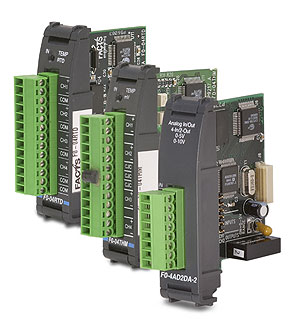
One thing is certain; adding more I/O can tax PLC computational resources, slowing down scanning and processing times.
Networking
Closely related to I/O is networking. Some of the more common options include the standard serial connections RS-232 or RS-485 but can also include any number of common data communication protocols. For instance, manufacturers may offer modules for Ethernet, DeviceNET, or Profibus, among others. However, not all manufacturers may offer every protocol option, so it’s important to check and make sure that your needs match up with what the vendor offers.
Visual display
Visual displays can range from the simple and relatively inexpensive to the complex and pricey. A general rule is that the more complex and feature-rich the display, the more it costs. So for instance, a large color touch-screen display with sizable internal memory and a number of networking options like Ethernet and USB may be in the several thousand dollar range. On the other hand, a small monochrome display with only a single serial port may be a few hundred dollars.
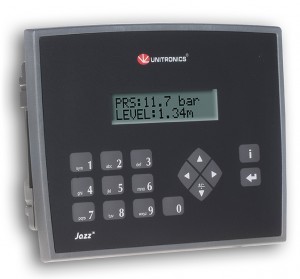
What you buy depends, of course, on the application needs. Is it a small, relatively simple control task that doesn’t require much I/O? Then a small, inexpensive display may be enough to handle the job. Visual and HMI (human-machine interface) units can be as simple as pushbuttons to text displays to full blown graphical user interfaces (GUI).

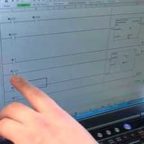
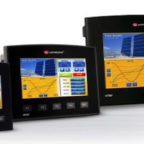
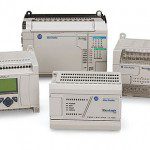

Leave a Reply
You must be logged in to post a comment.